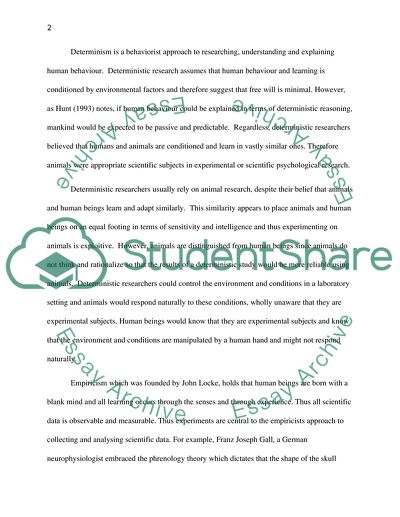Cite this document
(“Animals in Psychology - Major Scientific Concepts Essay”, n.d.)
Animals in Psychology - Major Scientific Concepts Essay. Retrieved from https://studentshare.org/psychology/1821250-topic-in-attached-file
Animals in Psychology - Major Scientific Concepts Essay. Retrieved from https://studentshare.org/psychology/1821250-topic-in-attached-file
(Animals in Psychology - Major Scientific Concepts Essay)
Animals in Psychology - Major Scientific Concepts Essay. https://studentshare.org/psychology/1821250-topic-in-attached-file.
Animals in Psychology - Major Scientific Concepts Essay. https://studentshare.org/psychology/1821250-topic-in-attached-file.
“Animals in Psychology - Major Scientific Concepts Essay”, n.d. https://studentshare.org/psychology/1821250-topic-in-attached-file.


